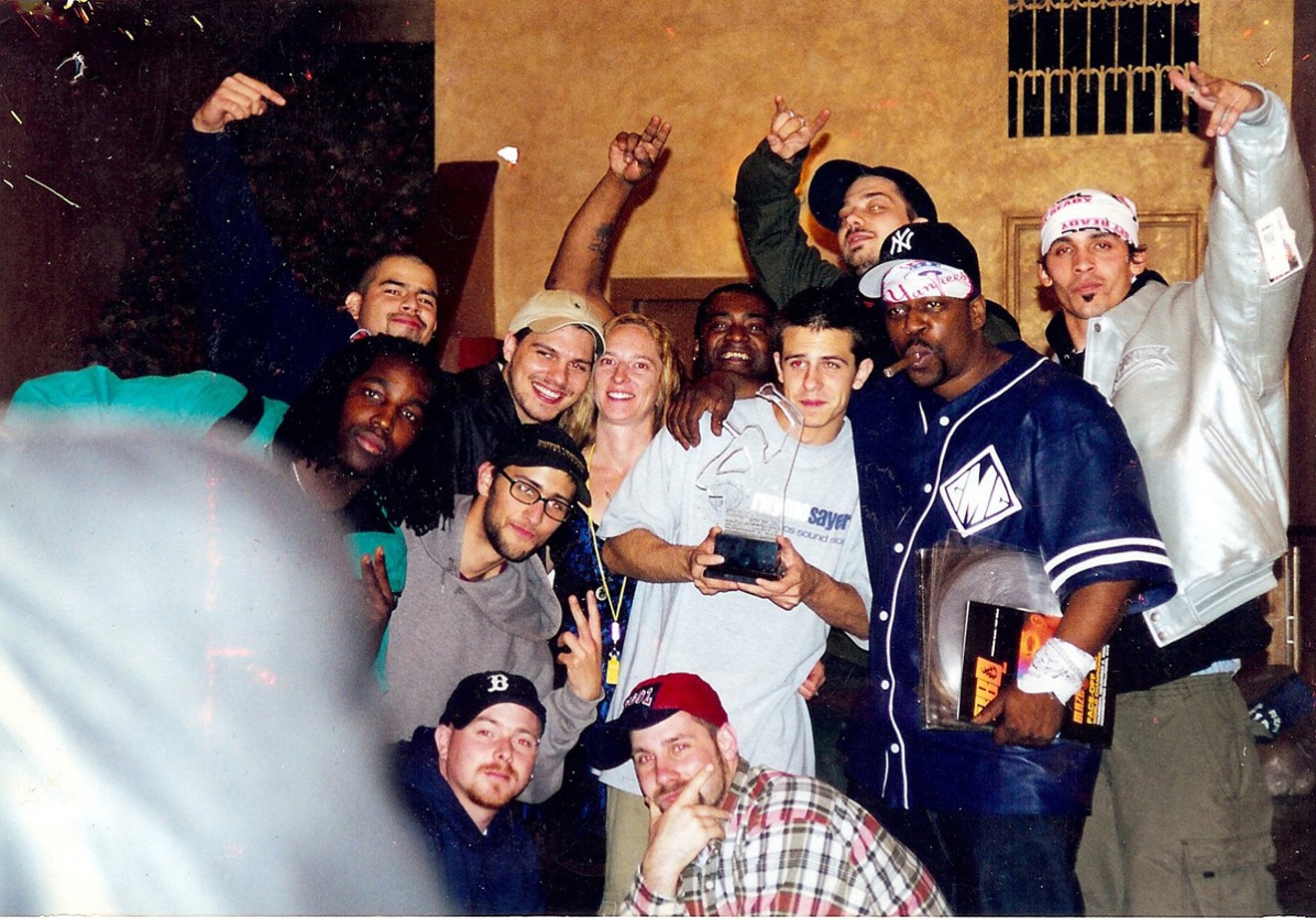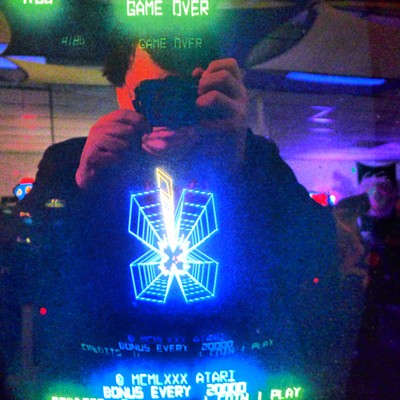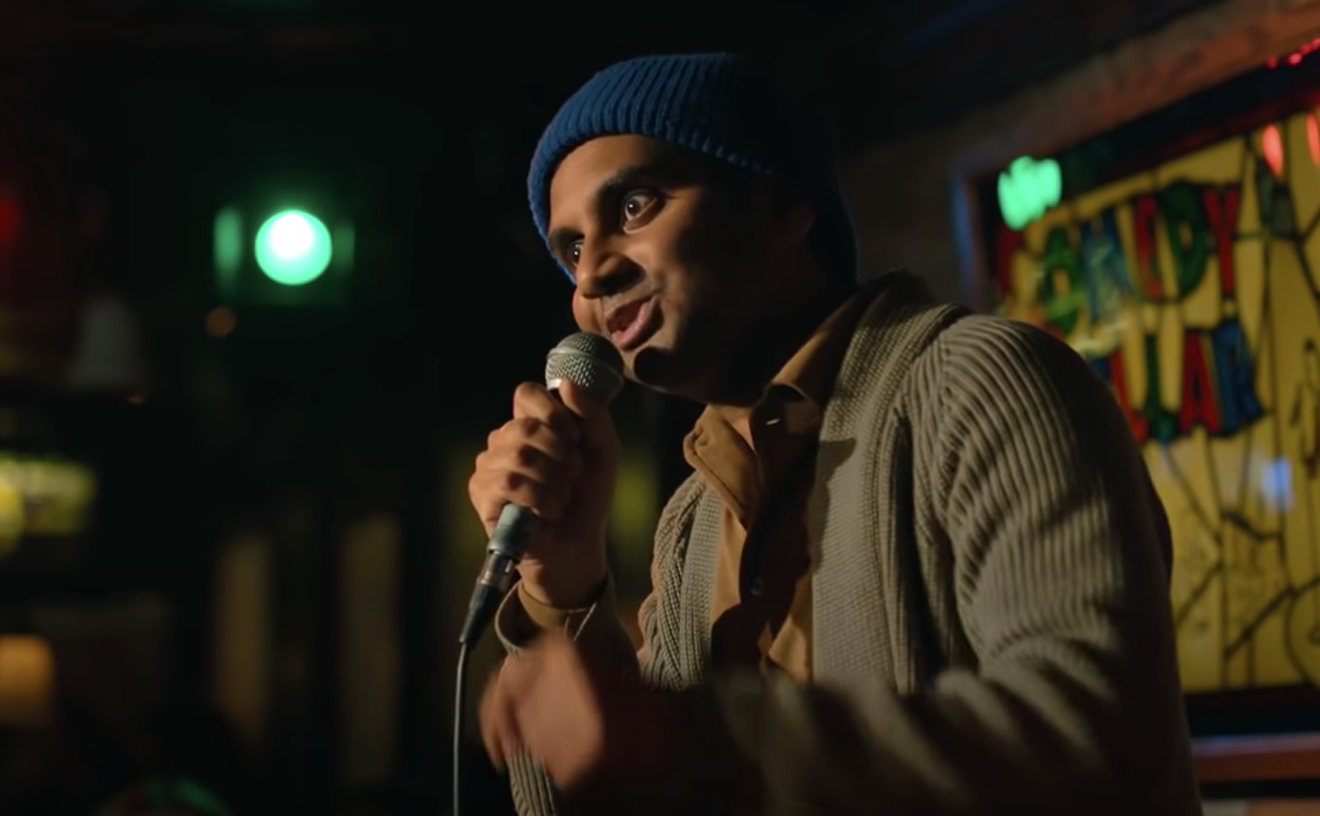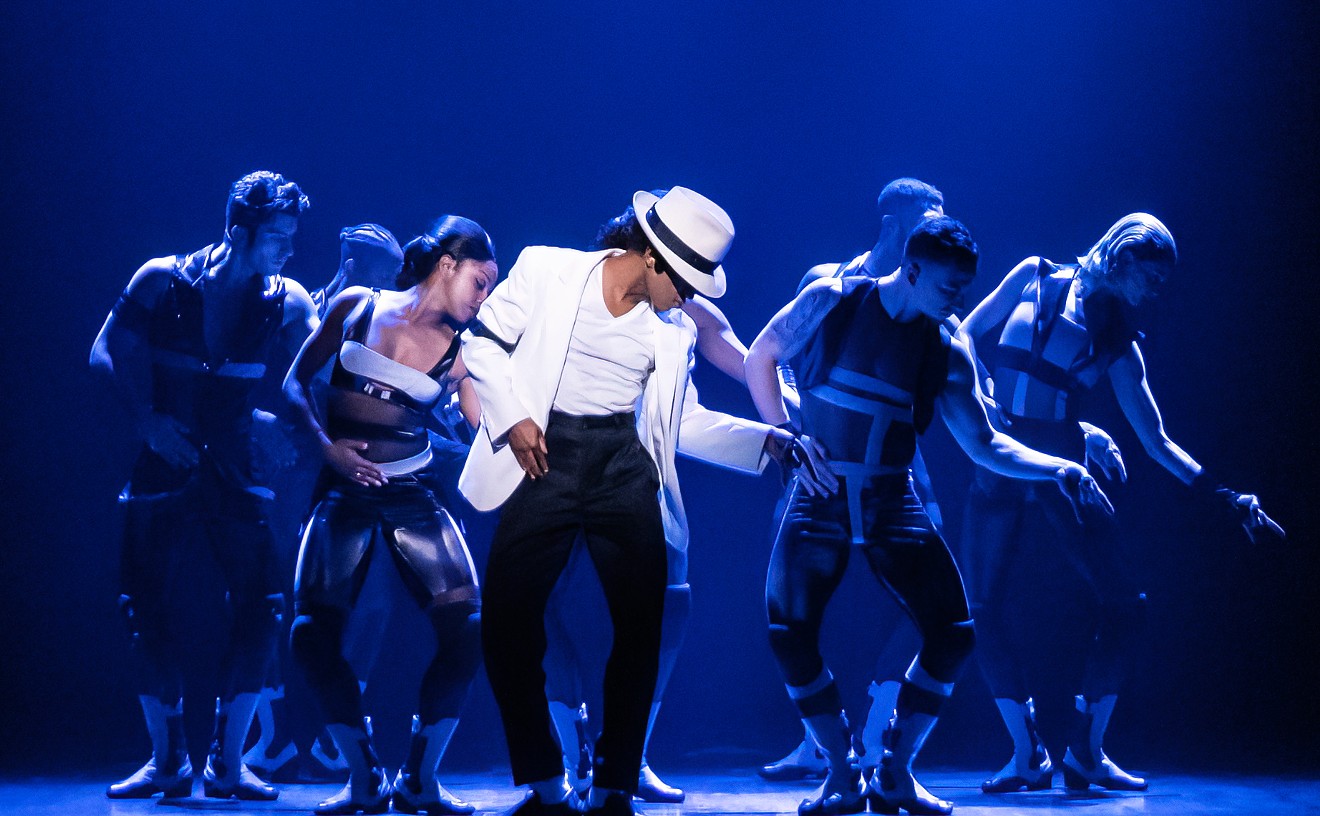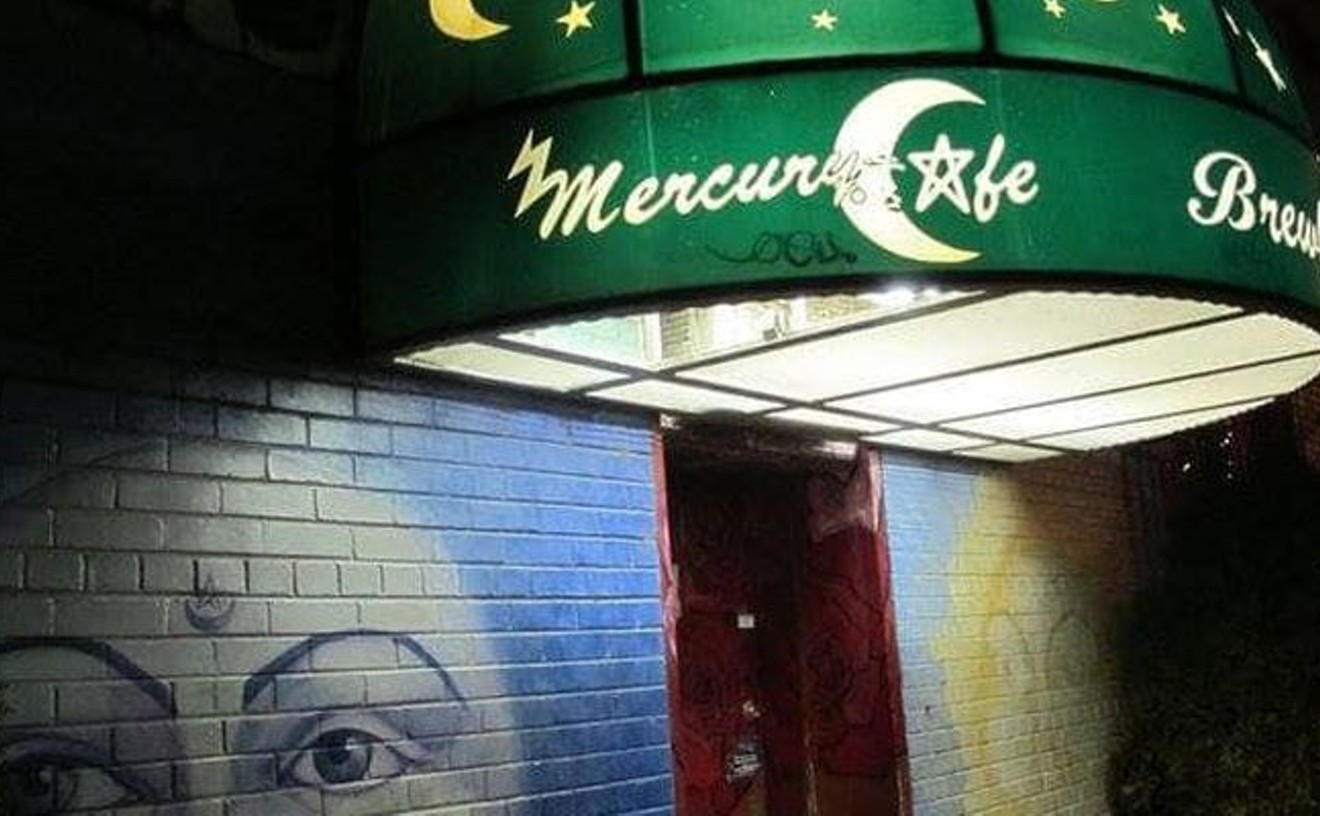When Michael “Eyedea” Larsen passed away in his sleep on October 16, 2010, the world lost one of its great musical talents.While the exact circumstances of his death aren't clear, it was declared an accident by the Ramsey County, Minnesota, medical examiner's office. Larsen — whether as a b-boy, a rapper, a musician or a producer — never failed to impress his peers, not only with his sheer skill and ambition, but also his insightful and compassionate philosophical outlook.
Larsen worked with a wide range of the most well-known alternative hip-hop artists from the mid-1990s until his death. Among his friends and champions were Slug of Atmosphere, Carnage the Executioner and Murs. Whether with his duo Eyedea & Abilities, Face Candy or Oliver Hart, Larsen left a strong impression on a generation of hip-hop artists and fans who saw him as one of the best rappers of his generation.
In 2016, filmmaker Brandon Crowson released the first full-length documentary about Larsen, The World Has No Eyedea. With unprecedented access to VHS tapes of live shows and Larsen's notebooks, Crowson, who became friends with Larsen's mother, Kathy Averill, a few years after Larsen's passing, pieced together an intimate portrait of the artist and his development from childhood until his death.
With archival footage, photographs and interviews with Averill and Larsen's friends from early in life to adulthood, Crowson sensitively established a narrative about a significant artist taken from the world too soon. The film is currently being show in limited screenings; the Denver show will include a Q&A with Crowson. The documentary is expected to have a commercial release in the spring through iTunes, Amazon and on DVD. We had a chance to speak with Crowson ahead of the screening about his personal connection to Eyedea, the challenges of using archival footage, and the musician's philosophical rather than spiritual view of the world.
Westword: When did you become aware of Eyedea?
Brandon Crowson: The first time, I was seventeen and there was a track he did with Slug called “Best Kind.” I heard his music and tracked down more of it, but “Shadows Have Shadows” locked it down for me. What teenager makes a song about Plato's allegory of the cave? A lot of his music, in general, I relate to a lot of the messages. On a personal level, I've been full-time self-employed since 2013, and I partially blame years of “How Much Do You Pay?” while working jobs that I hate. He asked the people listening to his words to really think about things. I think more artists should do that, and not enough do.
He's my all-time favorite rapper. I didn't know him personally, but I'm the kind of die-hard fan that knew his catalogue verbatim. His mother and I had mutual friends, and a lot of people had asked her about making a documentary, but we'd known each other for a few years after he passed and we developed a [friendship]. She'd seen how serious I took my craft [and trusted] me with [making the film].
You worked with a lot of archival footage and interview situations and maybe even different recording formats. The picture and sound quality can differ drastically between all of that. How did you deal with those factors for your final film?
The two things I get crap from people are that the audio could be better in a couple of spots — and fair enough — and that some of the clips are too dark. My response to that is that I tell 27 years of a dude's life story in an hour and a half, and I have nothing but grainy still photos and standard definition footage that was recorded in dark rooms in the ’90s to work with. I figured I'd just run with that and make it part of the aesthetic of the film in general and keep it kind of raw. I think that aesthetic works for the film, especially since it's about an underground artist who did hard-core underground hip-hop and eventually punk music.
Throughout the film, people talked about Michael being spiritual. What's your sense of that from editing the film and doing interviews?
One of the things that makes him my favorite is that he was the first person to accurately sum up my own spiritual beliefs in a lyric from “Here for You.” He says, “I'm here for you, not for any self-centered reasons/Because existence is interdependent and all's related/Connected in its different manifestations of one single mind/You ain't isolated from the world even though it feels like that sometimes.”
That touched my soul, and that's how I view the universe. But if you talk to people that knew him, he was very well-read, but he wasn't overly spiritual. In the documentary, there's a part where he talks about how people have a hard time processing that when they die, that's going to be it. People took spiritual stuff from his messages, but he was spitting philosophy. He just spoke a lot of "be kind to others" type messages in his music — "Be sensitive to other people's suffering."
The World Has No Eyedea screens Sunday, January 22, at 7 p.m. at the Oriental Theater, 303-420-0030, $10.
[
{
"name": "Air - MediumRectangle - Inline Content - Mobile Display Size",
"component": "12017618",
"insertPoint": "2",
"requiredCountToDisplay": "2"
},{
"name": "Editor Picks",
"component": "17242653",
"insertPoint": "4",
"requiredCountToDisplay": "1"
},{
"name": "Inline Links",
"component": "18838239",
"insertPoint": "8th",
"startingPoint": 8,
"requiredCountToDisplay": "7",
"maxInsertions": 25
},{
"name": "Air - MediumRectangle - Combo - Inline Content",
"component": "17261320",
"insertPoint": "8th",
"startingPoint": 8,
"requiredCountToDisplay": "7",
"maxInsertions": 25
},{
"name": "Inline Links",
"component": "18838239",
"insertPoint": "8th",
"startingPoint": 12,
"requiredCountToDisplay": "11",
"maxInsertions": 25
},{
"name": "Air - Leaderboard Tower - Combo - Inline Content",
"component": "17261321",
"insertPoint": "8th",
"startingPoint": 12,
"requiredCountToDisplay": "11",
"maxInsertions": 25
}
]

